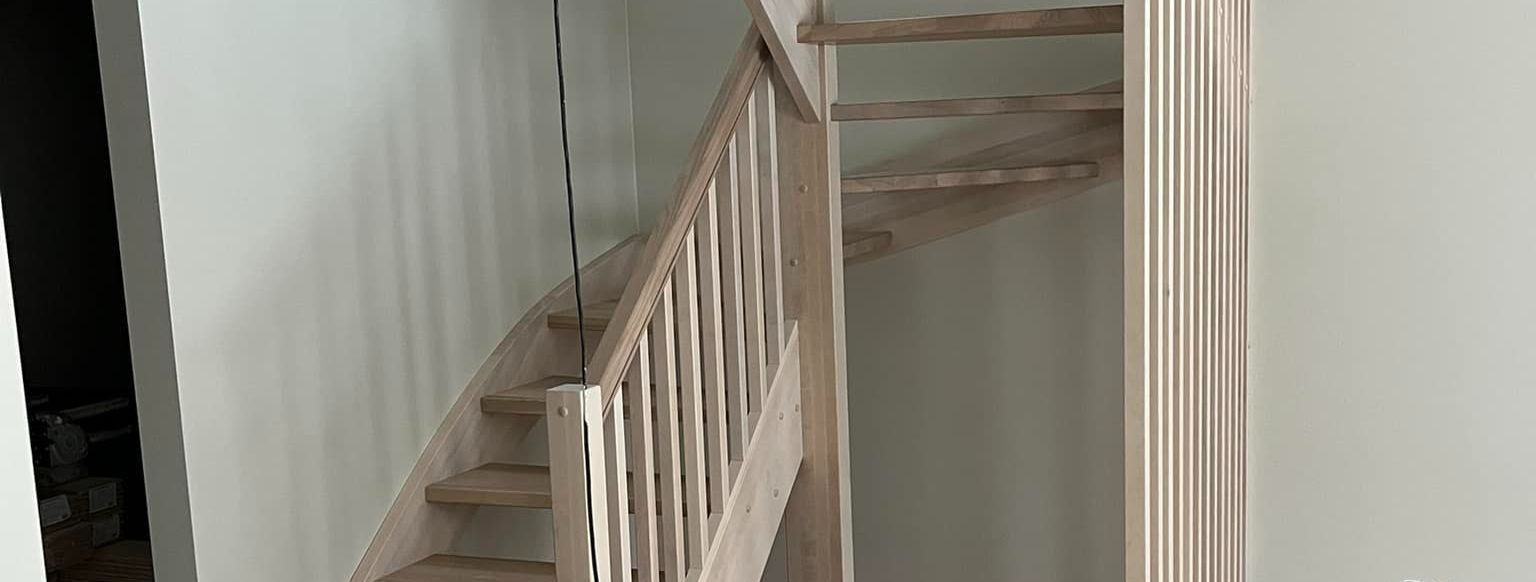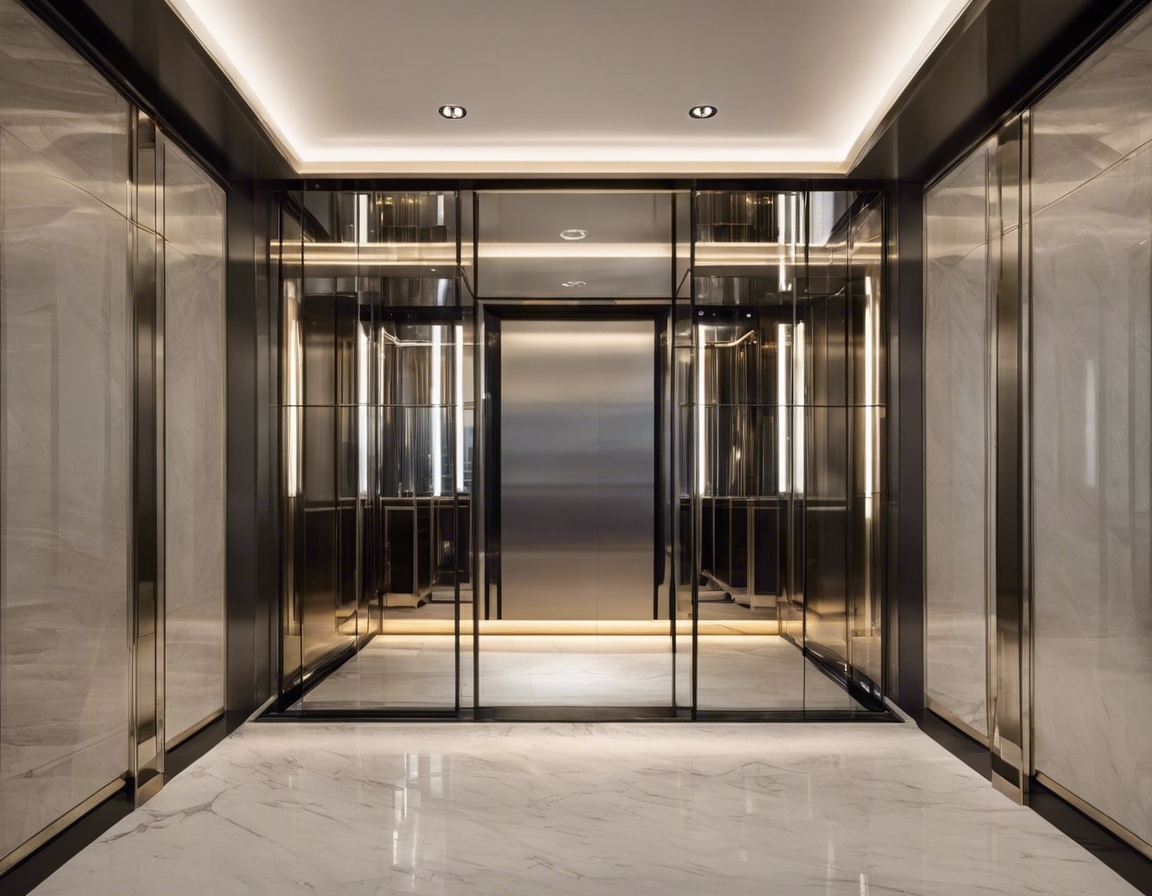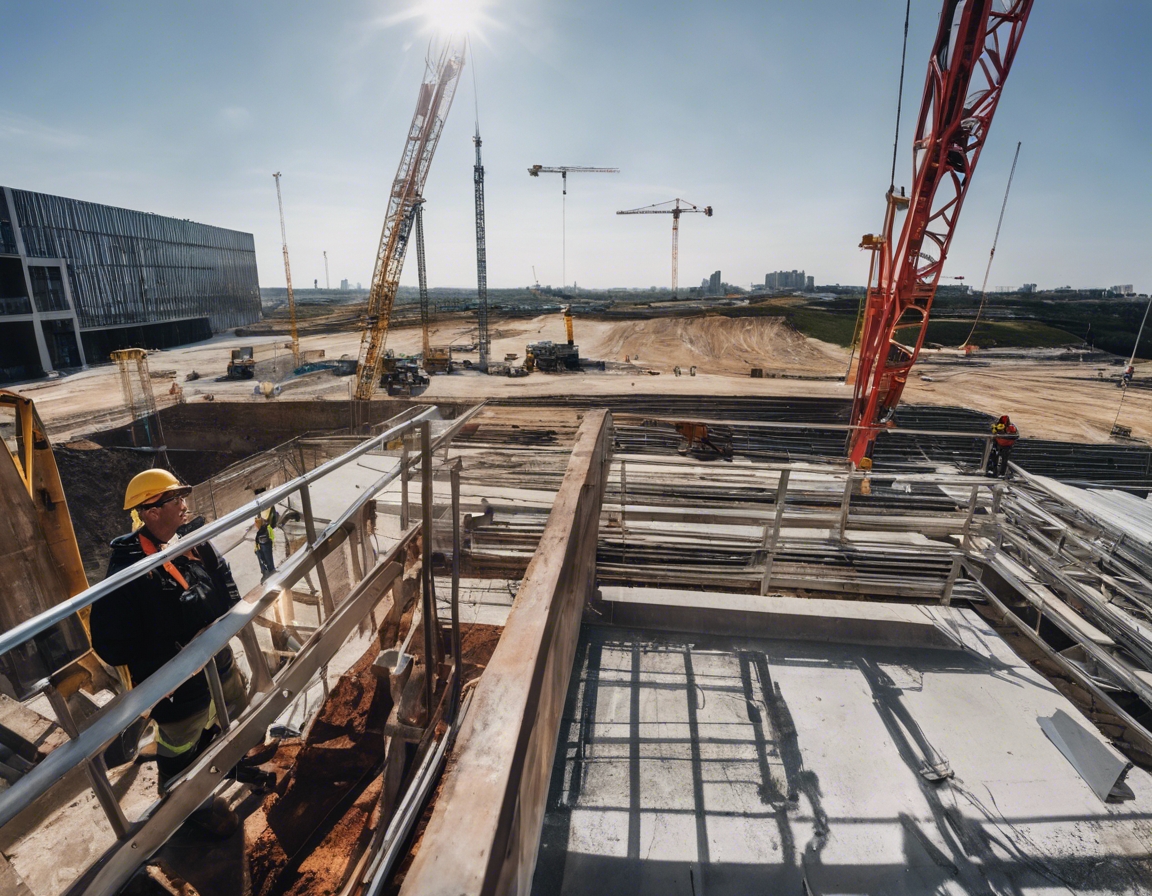The importance of regular lift maintenance
Lift maintenance is a critical aspect of building management that involves the routine checking, servicing, and repairing of elevator systems to ensure they are operating correctly and safely. It encompasses a range of activities from minor adjustments to major overhauls, aimed at preserving the lift's integrity and functionality.
Regular lift maintenance is not just a recommendation; it's a necessity. It ensures the safety of users, extends the lifespan of the equipment, and maintains the lift's performance at optimal levels. Neglecting maintenance can lead to equipment failures, safety hazards, and costly emergency repairs.
The Benefits of Regular Lift Maintenance
One of the primary benefits of regular lift maintenance is the assurance of safety for all users. By identifying and addressing potential issues before they escalate, maintenance helps prevent accidents and ensures compliance with safety standards.
Regular maintenance can significantly extend the life of lift equipment. By keeping all components in good working order, the need for premature replacements is reduced, thereby protecting your investment.
Maintaining your lift regularly not only keeps it running smoothly but also enhances its efficiency. A well-maintained lift uses less energy, which can lead to lower electricity bills and a reduced carbon footprint.
There are legal obligations associated with lift operation and maintenance. Regular maintenance ensures that your lifts meet the necessary safety regulations and standards, helping you avoid legal penalties and liabilities.
While regular maintenance involves upfront costs, it can lead to significant savings over time. By preventing major breakdowns and extending the equipment's lifespan, you reduce the likelihood of incurring expensive emergency repairs and replacements.
Components of a Comprehensive Lift Maintenance Program
A thorough lift maintenance program includes regular inspections and safety checks to identify any signs of wear and tear or malfunctioning components. These inspections are critical for early detection of issues that could lead to breakdowns.
Preventive maintenance involves routine servicing to keep the lift in optimal condition. This includes lubricating moving parts, adjusting components, and updating software, among other tasks.
When issues are identified during inspections, timely repairs and replacements are essential to prevent further damage and ensure the lift remains in serviceable condition.
Keeping detailed records of all maintenance activities is crucial for tracking the lift's history, planning future maintenance, and providing evidence of compliance with regulations.
Choosing the Right Lift Maintenance Partner
Selecting a maintenance provider with the right expertise and experience is vital. A knowledgeable partner can offer valuable insights and solutions tailored to your specific needs.
The quality of maintenance service directly impacts the reliability and safety of your lift. Ensure that your provider adheres to high standards of service.
In the event of a lift emergency, a quick response is crucial. Choose a maintenance partner who is readily available and can respond promptly to your needs.
Every lift system is unique, and so are its maintenance requirements. A good maintenance partner will offer custom solutions that cater to the specific demands of your lift system.






Comments (0)